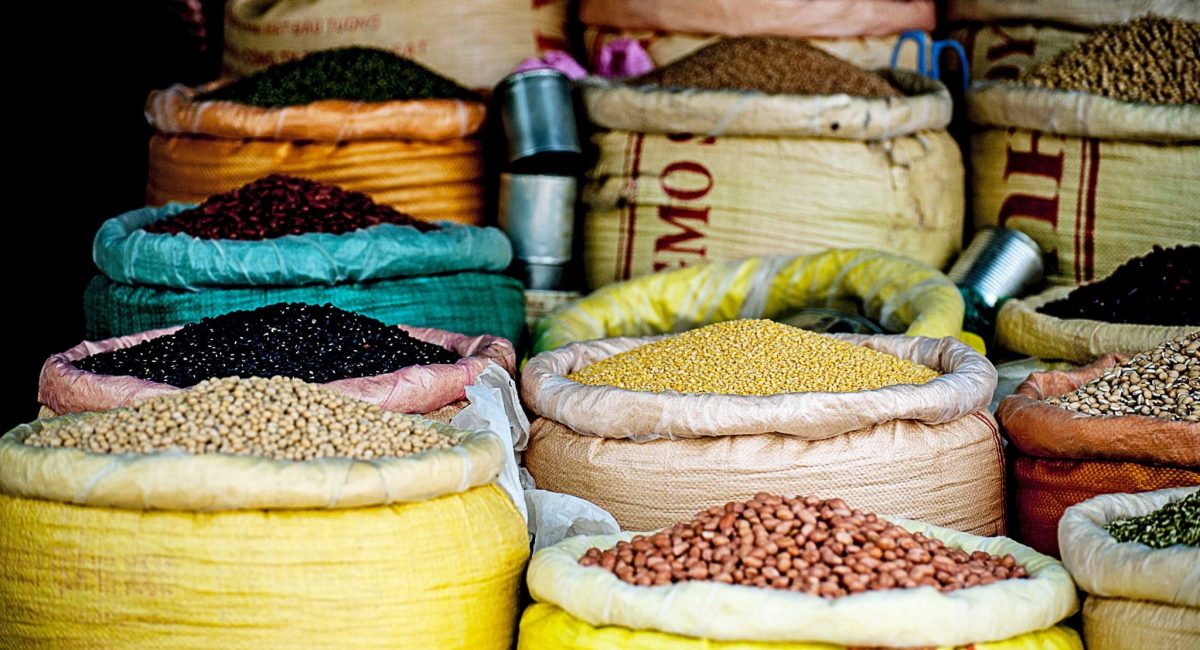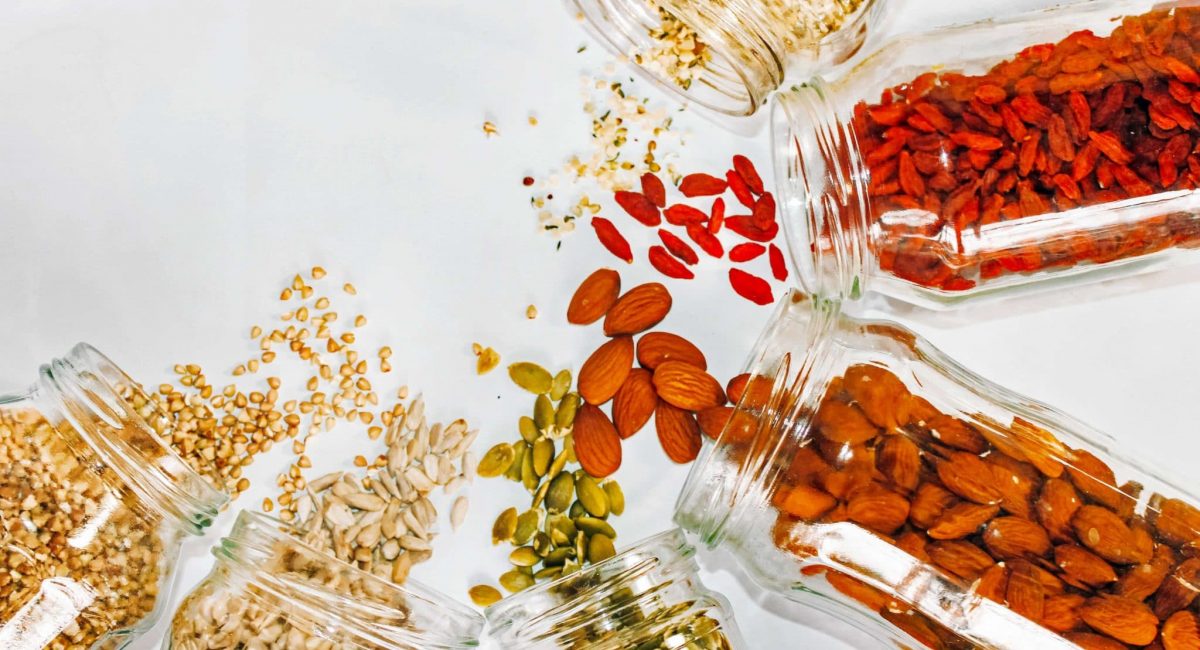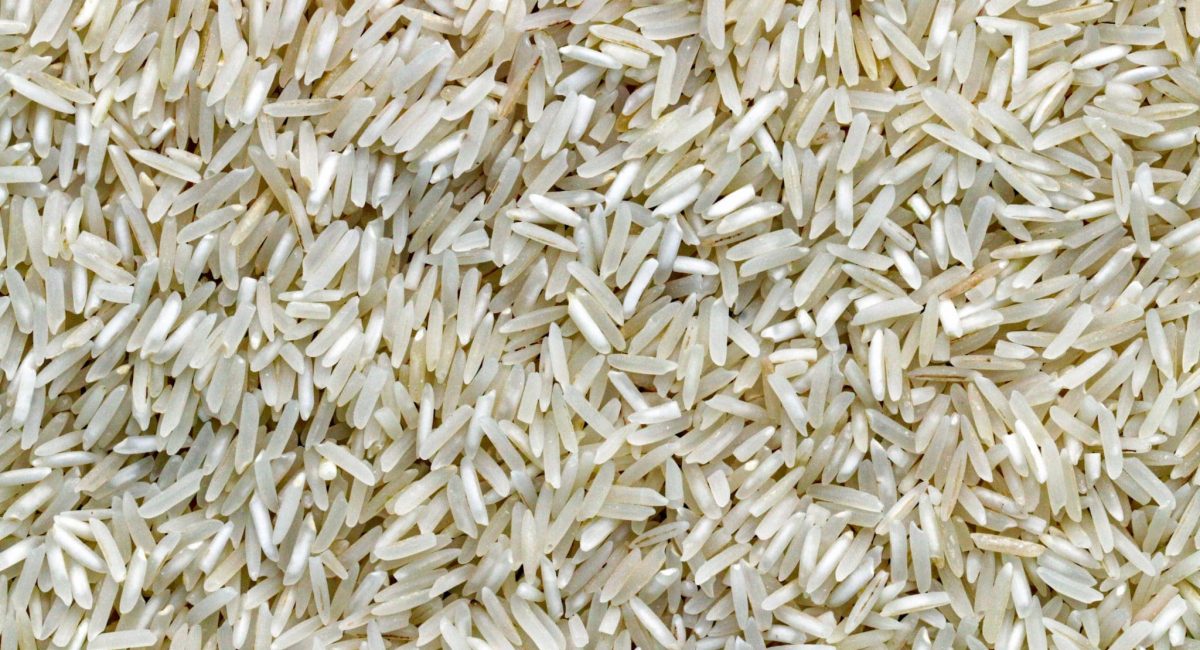
By Sara
Today we are looking at the paleo diet versus the WFPB diet. I am focusing on the benefits and drawbacks to each, and hope this can help to guide anyone wanting to change their diet for health concerns.
What is the Paleo diet?
The Paleo (Paleolithic) diet focuses on the consumption of primarily lean meats, non-starchy vegetables, fruits and nuts. It excludes dairy, refined sugars, salt and processed oils (with the exception of olive oil). It also excludes starches, including grains, legumes and potatoes.
It is touted as a “hunter-gatherer” model of eating, with about 55% of the food coming from meats including organs, fish and seafood. However, some factors to consider are: the lifespan of those in paleolithic times (roughly 30 years of age), activity level (the hunter-gatherers walked many miles on a daily basis and were not sedentary like the majority of people these days are). Also, we have access to medical care and food that people in the paleolithic era did not.
What are the benefits of this diet?
People who follow this diet may have lower risks of autoimmune disease and obesity, and greater ability to lose weight and maintain a lithe physique.
What are the drawbacks to this dietary pattern?
The large amount of meat in this diet is a big red flag. Meat contains high amounts of artery-clogging saturated fats and cholesterol, arachidonic acid and omega-6-fatty acids. Meat in the diet puts one at higher risk of heart disease, diabetes, cancer, and death. Not to mention the bone-damaging acidic proteins from animal foods.
Meats are full of disease causing microbes, and thanks to bioaccumulation contain the highest levels of poisonous environmental chemicals found in the food chain today. Then there is the financial expense of eating so much meat to be considered.
There are no long-term clinical studies about the risks and benefits of this diet. However, considering that the World Health Organization has classified red and processed meats as a class 1 carcinogen (right up there with asbestos, yikes!)– and therefore, just as dangerous. Add in the concerns for the high intake of saturated fats, and it is easy to extrapolate that those who follow this diet will have greater incidence of long-term health problems.
“Because of the extreme requirements for so much of the earth’s resources , the paleo diet’s requirement for meat is proving fatal for the earth and those following it. “
What is a WFPB diet?
A WFPB (whole food plant-based) diet focuses on vegetables, fruits, whole grains, legumes, nuts and seeds. It excludes animal products of all kinds, processed foods, especially oils, refined sugars, and added salt. The most common misconception is that this diet lacks protein. However, when it comes down to it, protein comes from plants, even that protein that comes from consuming animals. After all, animals eat plants before they wind up on your plate.
What are the benefits of a WFPB diet?
It is easier to digest a plant-based diet, and the constipation that so often troubles those who consume diets rich in meat is far back in the rear-view mirror.
This diet is rich in fiber from the multitude of plant foods arrayed on your plate. The benefits of this fiber is many: it lowers cholesterol levels, helps you to feel full longer, is rich in vitamins, minerals and phytochemicals and all the nutritional benefits they offer. It offers long term disease prevention and health, reduced risk of heart disease, diabetes, cancer, Alzheimer’s, and so many other diseases that the western world is commonly afflicted with.
The longest living people who live in the blue zones live on starch-based diets. They have remarkably low incidence of obesity, and other nutrition-related diseases. And not only are their lives long, but also rich. Few develop dementia or Alzheimers, despite many becoming centenarians. They remain active in their communities throughout their lives. The data is well-established that this diet is one people can thrive on.
What are the drawbacks to a WFPB diet?
Options are slimmer when dining out. You may need to make a “meal” of sides, or a pasta dish, and then request to hold the cheese. These days though, many restaurants have a “secret” vegan menu or are very willing to make a meal to your liking.
While this is a radical change from the standard American diet, it does not mean that it is beyond consideration. Just because something has always been a certain way, at least in our memories, does that make it right? Consider needing a coronary artery bypass graft surgery, where a vein from your leg is harvested to be sewn to a blocked vessel of your heart to bypass blood to a blood-starved region of the heart– Dr. Caldwell Esselstyn would argue this is more radical than a dietary change, and I agree wholeheartedly!
You may need to supplement vitamin B12 on a WFPB diet. However this is not exclusive to those on a plant-based diet. Many omnivores also have low levels of vitamin B12 and require a supplement.





Overall, the research strongly suggests that the risks of a paleo diet outweigh the few benefits. Because of the extreme requirements for so much of the earth’s resources , the paleo diet’s requirement for meat is proving fatal for the earth and those following it.
Curious about the keto diet? See our post about that here!

